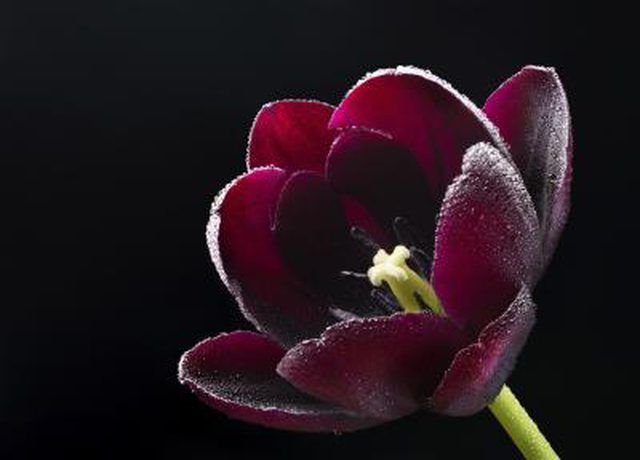Bulbs
Flower Basics
Flower Beds & Specialty Gardens
Flower Garden
Garden Furniture
Garden Gnomes
Garden Seeds
Garden Sheds
Garden Statues
Garden Tools & Supplies
Gardening Basics
Green & Organic
Groundcovers & Vines
Growing Annuals
Growing Basil
Growing Beans
Growing Berries
Growing Blueberries
Growing Cactus
Growing Corn
Growing Cotton
Growing Edibles
Growing Flowers
Growing Garlic
Growing Grapes
Growing Grass
Growing Herbs
Growing Jasmine
Growing Mint
Growing Mushrooms
Orchids
Growing Peanuts
Growing Perennials
Growing Plants
Growing Rosemary
Growing Roses
Growing Strawberries
Growing Sunflowers
Growing Thyme
Growing Tomatoes
Growing Tulips
Growing Vegetables
Herb Basics
Herb Garden
Indoor Growing
Landscaping Basics
Landscaping Patios
Landscaping Plants
Landscaping Shrubs
Landscaping Trees
Landscaping Walks & Pathways
Lawn Basics
Lawn Maintenance
Lawn Mowers
Lawn Ornaments
Lawn Planting
Lawn Tools
Outdoor Growing
Overall Landscape Planning
Pests, Weeds & Problems
Plant Basics
Rock Garden
Rose Garden
Shrubs
Soil
Specialty Gardens
Trees
Vegetable Garden
Yard Maintenance
How to Grow Tulip Bulbs in Water
How to Grow Tulip Bulbs in Water. Traditionally, tulips (Tulipa app.) have been stalwarts of spring-blooming gardens and soil-based forcing pots grown for indoor winter blooms. Hardy in U.S. Department of Agriculture plant hardiness zones 3 through 8, these dependable bulbs force easily indoors. By using techniques perfected by hydroponic tulip...

Traditionally, tulips (Tulipa app.) have been stalwarts of spring-blooming gardens and soil-based forcing pots grown for indoor winter blooms. Hardy in U.S. Department of Agriculture plant hardiness zones 3 through 8, these dependable bulbs force easily indoors. By using techniques perfected by hydroponic tulip growers, you can force tulips into bloom without soil. With the right approach and preparation, tulip bulbs can root and bloom in nothing but water indoors.
Choose the Best
To grow tulip bulbs in water, select varieties suited to indoor forcing. The requirements are the same as when you force tulips in soil. As with outdoor bulbs, indoor tulips require autumn preparations to get the cooling period the bulbs need. Buy bulbs in fall for midwinter blooms. Choose large, healthy, firm, undamaged bulbs -- the larger the better. Professional tulip forcers prefer bulbs at least 1 1/2 inch in diameter or 4 1/2 inches in circumference. Most classic, single tulips force easily, as do many peony-type tulips with big, fully double blooms. Ask the store specifically for varieties recommended for indoor forcing.
The Big Chill
To stimulate future flowers, tulips require a cold period. Cool-climate gardens get it naturally, but indoor tulips need artificial chill. In soil-based forcing, tulips are potted before chilling. For water forcing, unpotted bulbs are chilled dry. Twelve to 14 weeks is standard for most tulips. Varieties that flower earliest outdoors bloom first indoors, too. Warm-climate gardeners who lack winter chill in their gardens use this same chilling procedure. Refrigerate your bulbs in a paper bag -- away from bulb-destroying, ethylene-producing fruits -- at 33 to 45 degrees Fahrenheit. Next, "plant" your tulips in water, and allow them to root another two to four weeks.
Clearly Superior
Containers for soilless tulips keep water within reach while keeping bulbs dry. As in the garden, soggy bulbs rot. A tall, clear vase holds tulips upright and lets you monitor water levels. Add 2 inches of decorative pebbles in the bottom to elevate the bulbs, or use a bulb pin tray, available through floral supply stores, to support bulbs between pins. Place bulbs flat side out, because this is where the first leaf comes. Classic bulb vases with constricted necks keep single bulbs safely above water in their upper cups. Whatever containers you choose, keep water 1/4 to 1/2 inch from the bulb bottoms. No water should touch the bulbs.
Timing Is Everything
Once roots grow 1 to 2 inches during chilling, top growth begins. Move your tulips into a cool room, about 60 to 65 F, until you see green shoots. Keep the water level replenished, then move your tulips into more light and warmth. Keep them out of direct sunlight to prolong the blooms. When using healthy tulip bulbs for home forcing, you don't need to add fertilizer and using it could lead to thin, weak stems. Everything the bulb requires is inside. Tulips forced indoors exhaust their energy providing wintry springtime blooms. Discard the bulbs after their flowering passes, and begin again next fall.